The most famous opera songs of all time
Opera has had a tremendous impact on the development of Western culture and society, over the years. To this day, we’ll find ourselves humming along to the more famous opera songs, even when we don’t know their origin, or what they’re called.
Below, we cycle through just such instantly recognizable arias and search to offer the reader more insight into their background.
Mio Babbino Caro (from Gianni Schicchi by Giacomo Puccini)

The one-act comic opera Gianni Schicchi was written by Italian composer Giacomo Puccini in 1918.
O Mio Babbino Caro (lit. “Oh My Dear Papa”) is performed by Lauretta, and represents a climax to the tension between her father, Gianni Schicchi, and the family of her love interest. It beautifully contrasts the rest of the opera. Through Gianni Schicchi, Puccini explores complex themes of jealousy, loyalty, and double-dealing.
But then, you get an aria so true and pure as O Mio Babbino Caro that it turns all that on its head. In the end, it sends the message that true love will triumph over all adversity.
Casta Diva (from Norma by Vincenzo Bellini)
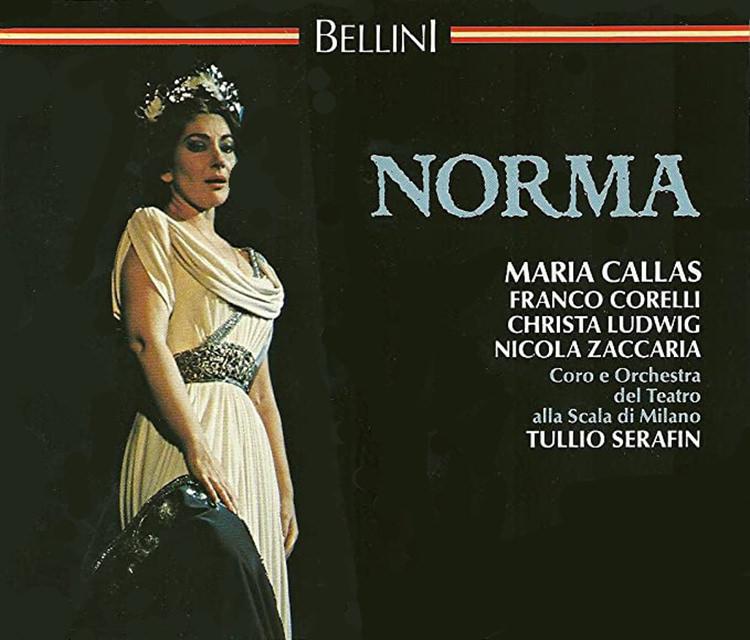
Set in Gaul at the beginning of the Roman occupation, Norma explores a theme as old as time through a fresh lens. The opera’s title character, Norma, is a Druid High-Priestess who sacrifices her power and position with her people for her lover, the Roman proconsul, Pollione.
Norma’s idyll, however, is shattered when Pollione falls for a younger priestess Adalgisa. Norma tries and fails to convince Pollione to return to her. She then offers herself as a sacrifice to the gods, revealing she has had 2 children by the Roman proconsul. Moved by her sacrifice, Pollione joins Norma on the pyre.
The opera’s most famous aria, Casta Diva, is essentially the quiet before the storm. Famously performed by Maria Callas, Casta Diva is Norma leading the Gauls into prayer to the ‘chaste goddess’. In it, Bellini plays with irony and contrast between the virtue of the goddess, and the downfall of the High–Priestess.
Ebben? Ne andrò lontana (from La Wally by Alfredo Catalani)
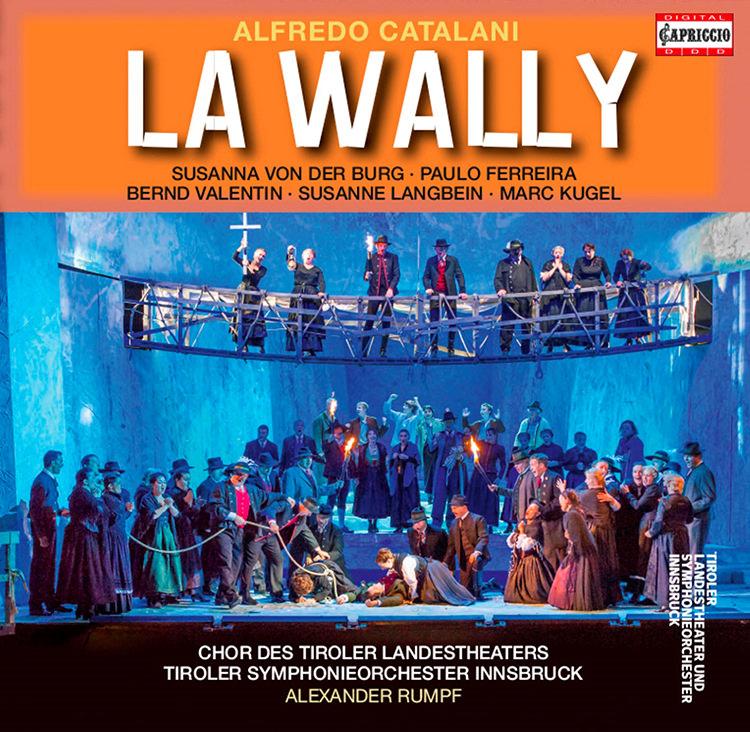
Set in the snowy Tyrolean Alps, Alfredo Catalani’s La Wally premiered at La Scala in 1892, and features one of the most fearless heroines in opera history.
Wally, daughter of a wealthy landowner, shuns her father’s proposal that she marry his hunting companion, Gellner, preferring the young and bold Hagenbach. The opera’s most famous aria, Ebben? Ne andrò lontana (“Well? I’ll go far away”) is Wally’s rousing cry of defiance, as she leaves her father’s home forever.
Offended that young Hagenbach is engaged to another woman, Wally entices Gellner to kill him. The heroine, however, has a change of heart and saves Hagenbach at the last second. All the while, winter approaches, and Wally refuses to return home, to safety. Hearing a cry in the snowy forest, and thinking it the call of the mountain, Wally follows and meets Hagenbach, who finally confesses his love for her. Tragically, it proves too late, as the young lovers become trapped under the coming avalanche, and die.
Habanera (from Carmen by Georges Bizet)
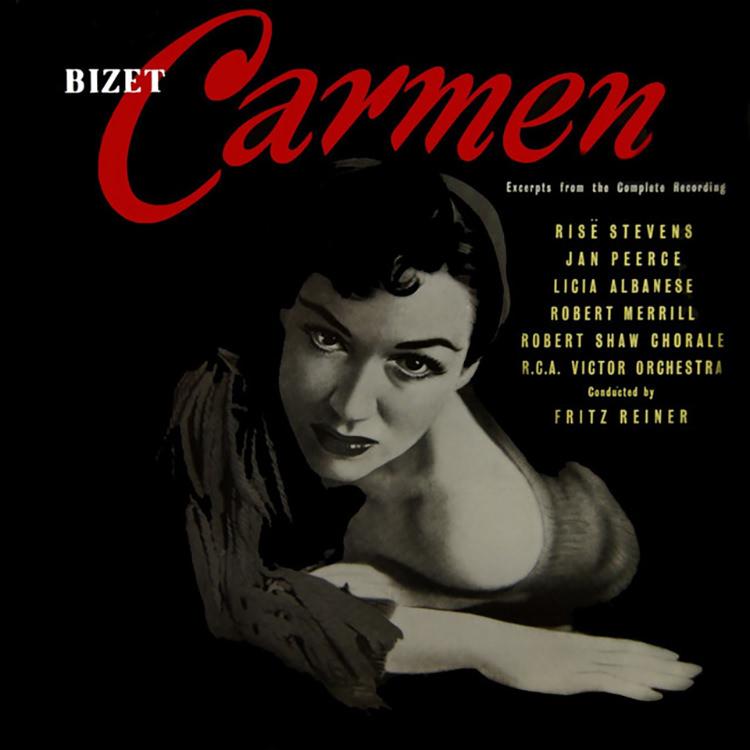
Bizet’s Carmen tells the story of the naive soldier Don Jose, who ends up betraying his duties, and his childhood sweetheart, for the love of the gypsy factory girl Carmen. Habanera is when we first meet Carmen, as a band of soldiers petitions the fiery, deeply sensual young woman for her love.
The aria, formally known as L’amour est un oiseau rebelle, is comical but also acts as deft foreshadowing, with its warning that should Carmen love you, best beware. After running away together, Don Jose and Carmen become more at odds. Carmen is a rebellious, deeply independent woman, which the former soldier can’t accept.
Eventually, Don Jose loses Carmen to the dashing torero (toreador) Escamillo, and in a fit of jealousy, kills her.
La Donna È Mobile (from Rigoletto by Giuseppe Verdi)
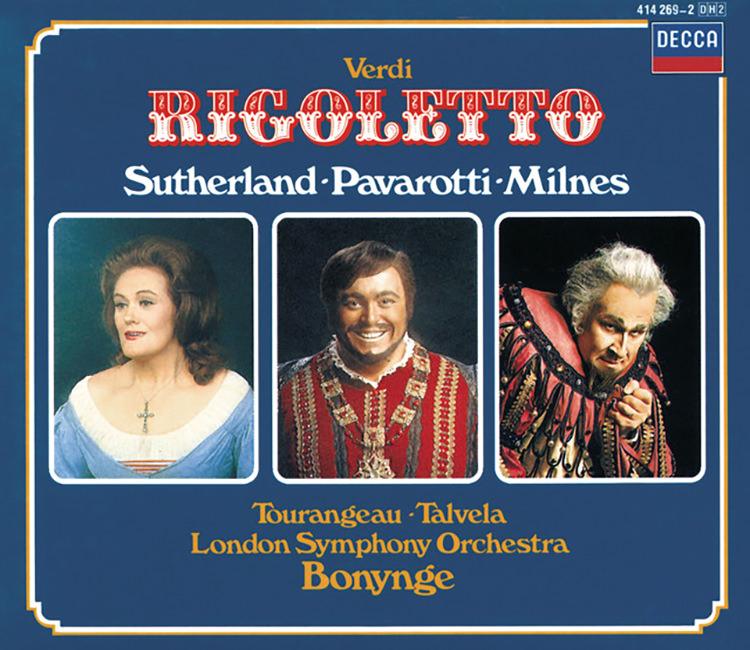
Based on Victor Hugo’s Le roi s’amuse, Giuseppe Verdi’s Rigoletto is among the most complex storylines in operatic history. Premiering in 1851, Rigoletto tells the story of the eponymous court jester, the womanizing Duke he serves, and Rigoletto’s daughter, Gilda.
Both the Duke and the hunchback jester are cursed by a nobleman whose daughter the Duke seduced, but make light of it. Later, Rigoletto discovers that his master has been courting Gilda, and taken advantage of the young girl, causing him to turn against the lecherous Duke.
La Donna È Mobile is an aria sung toward the end of the play by the Duke, mocking the fickleness and inferiority of women. Angered, Rigoletto pays an assassin to kill the Duke, but tragically, the young, naive Gilda ends up sacrificing herself for him, instead.
Der Hölle Rache (from The Magic Flute by W. A. Mozart)

Mozart’s The Magic Flute follows the young prince Tamino, who sets off on a quest to rescue Pamina, the object of his love, from evil Sarasto. The opera, which premiered in 1791, weaves together wondrous fairytale elements of light and darkness. The prince is rescued from a monster by three mysterious ladies, who entice him to rescue the daughter of the Queen of Night.
The Queen of Night, an evil yet fascinating figure, is perhaps the most memorable character in the opera, with her aria, Der Hölle Rache. Through the song, the Queen entices her daughter, Pamina, to murder a rival, and make Sarasto suffer. She warns that should Pamina fail, she’ll no longer be her daughter.
Nessun Dorma (from Turandot by Giacomo Puccini)

The aria Nessun Dorma from Puccini’s 1926 opera Turandot is undoubtedly one of the most recognizable, thanks largely to tenor Luciano Pavarotti’s unforgettable rendition. Set in Imperial China, the opera follows the beautiful, cold Princess Turandot who swears she’ll marry the first prince to answer her three riddles.
Many try and fail, but the secret Prince Calaf eventually solves her questions. Still, the Princess will not marry him, so the Prince sets her a different game. She has until morning to guess his true name. If she does, he’ll leave her be, but if she fails, she must marry him.
It is Calaf himself who sings the haunting Nessun Dorma as the Princess and her servants stay up all night, trying to guess his name.
Là ci darem la mano (from Don Giovanni by W.A. Mozart)

The opera Don Giovanni, which premiered in 1787 at the Estates Theater in Prague, is considered one of Mozart’s masterpieces. It follows the title character, who is an infamous womanizer, and his faithful, but tested servant Leporello. Don Giovanni is hounded by an abandoned lover, Dona Elvira, as he seeks to seduce and abandon other women.
Perhaps the most memorable song of the opera is the duet Là ci darem la mano (“There, we will give each other our hands”) sung by Don Giovanni and beautiful Zerlina. Don Giovanni and Leporello crash a wedding celebration to invite the revelers to Don Giovanni’s home for a party. As Leporello leads the groom and party away, Don Giovanni remains alone with the young, betrothed Zerlina, and attempts to seduce her.
Largo Al Factotum (from The Barber of Seville by Giacchino Rossini)
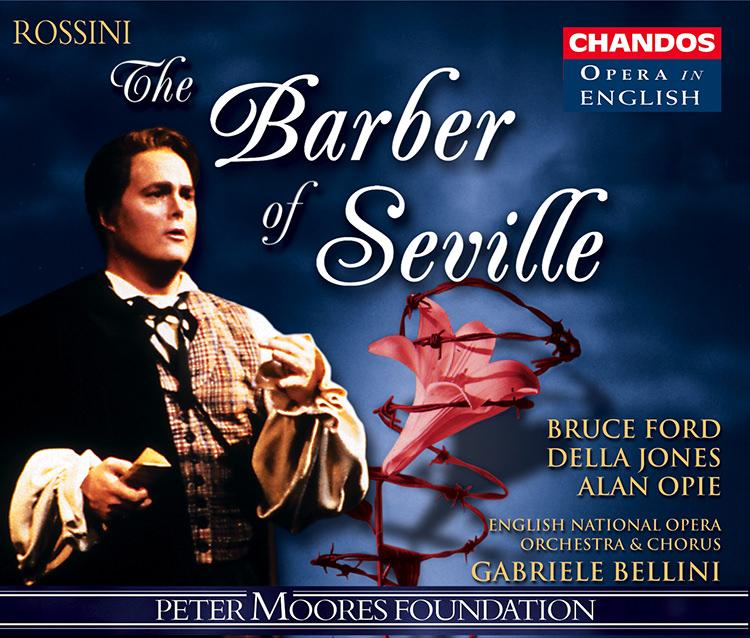
Rossini’s The Barber of Seville is remembered together with Mozart’s The Marriage of Figaro, as they detail two adventures of the same character. In The Barber of Seville, we see Figaro’s efforts to help his master, Count Almaviva, in wooing the young and beautiful Rosina away from her guardian, Bartolo (who also wishes to wed her).
Largo Al Factotum (lit. “Make way for the factotum”) marks Figaro’s first entrance and is the highest point in the opera. The rousing song tells of the barber’s insane popularity, as well as highlights his many talents. Although one of the most well-known, the aria is also among the most demanding tenor pieces in the history of opera.
Vissi D’Arte (from Tosca by Giacomo Puccini)

Puccini’s 1900 opera Tosca, based on the eponymous play by Victorien Sardou, is definitely one of the composer’s most complex, following dark themes of suicide, and murder.
Floria Tosca, a beautiful singer, struggles to save her lover, Mario Cavaradossi, from jail. She petitions the chief of police, Baron Scarpia, to free him. In Vissi D’Arte (lit. “I lived for art”), Tosca laments his refusal of money bribes, and the sacrifice she must make (giving herself to the Baron).
Granting her request, the Baron proceeds to take Tosca for himself. The outraged singer kills him, then flees, only for Mario to die before her eyes, after Scarpia tricked her.
Meanwhile, the soldiers have discovered the dead Scarpia, and come to arrest Tosca. The opera ends tragically, with Tosca flinging herself off the battlements, to avoid capture.
Una Furtiva Lagrima (from L’Elisir D’Amore by Gaetano Donizetti)

L’Elisir D’Amore is one of the most famous bel canto operas still performed today. It’s the story of lovelorn farmer Nemorino, in love with the indifferent landowner, Adina. To win her over, the farmer buys a “love potion” from a traveling doctor, and is disappointed to find it doesn’t work.
To spite him, Adina announces she’ll marry a boisterous sergeant. Incensed, Nemorino resolves to buy more, joining the army to get the money for the potion. Besieged at once by women, Nemorino sings Una Furtiva Lagrima upon seeing Adina shed a tear of jealousy.
Suddenly guilty and fearing for his life, Adina postpones her wedding, and buys back Nemorino’s enlistment papers, confessing her love for him.
What’s your favorite aria?
Famous or not, the best arias are the ones that speak to one’s heart. If you’re looking to listen to all of the above arias, as well as many more, head on over to Radio Art’s dedicated channels of Opera and Crossover. Alternatively, check out our special channels for opera greats Maria Callas and Luciano Pavarotti.
Our website respects the intellectual property rights of creators, as well as the music rights of authors and composers.
The musical works are provided solely for the private use of each visitor/user
and any further exploitation of them in any way is prohibited without prior permission from AUTODIA and EDEM Rights.
Radio Art is fully approved by the Greek Collective Rights Organizations | AUTODIA | EDEM Rights
Copyright © RABS - Radio Art Broadcasting services Ltd. All rights reserved.
The Art of Relaxing & Meditation Music
Privacy Policy & TOS








